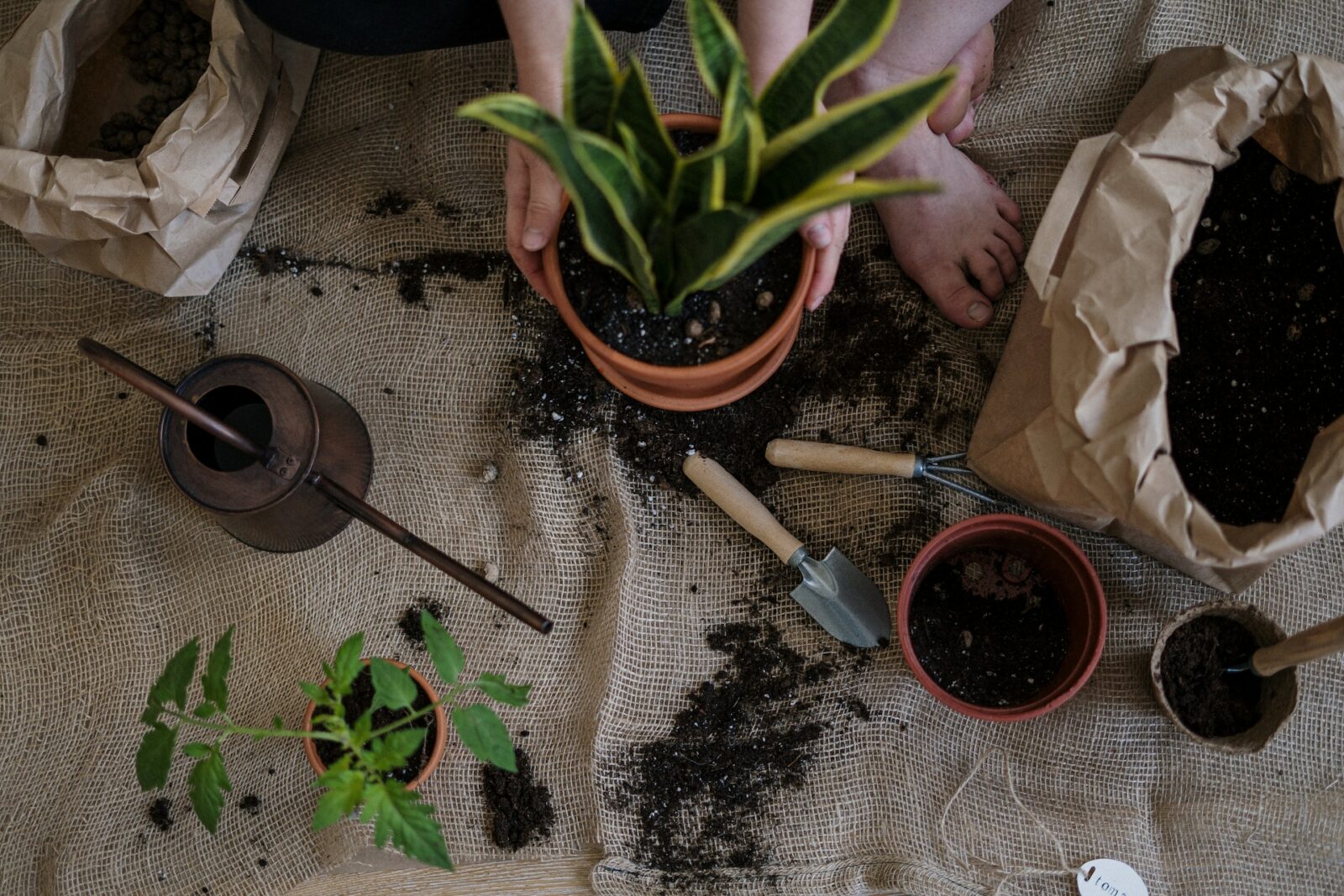Fertilizing your indoor plants is essential to their growth and health. However, many people may not know how to properly fertilize their plants, or which type of fertilizer to use. In this blog, we will discuss how to fertilize indoor plants and the different types of fertilizers available.
How to Fertilize Indoor Plants?
Choose the Right Fertilizer:
There are many types of fertilizers available, each with different nutrient ratios and application methods. Choose a fertilizer that is appropriate for your indoor plant’s needs. Look for a balanced fertilizer with equal amounts of nitrogen, phosphorus, and potassium, or choose a specialized fertilizer for specific plant types.
Follow the Manufacturer’s Instructions:
Fertilizer application rates and frequency can vary depending on the type of fertilizer and plant species. Always follow the manufacturer’s instructions carefully to avoid over-fertilizing, which can damage your plants.
Apply Fertilizer at the Right Time:
Indoor plants should be fertilized during their active growing season, typically in spring and summer. Avoid fertilizing during the winter when plants are dormant.
Water Before Fertilizing:
Water your indoor plants before applying fertilizer. This can help prevent fertilizer burn and ensure that the nutrients are evenly distributed in the soil.
Apply Fertilizer Carefully:
Apply fertilizer evenly to the soil surface, taking care to avoid getting any on the leaves or stems of your plants. Use a liquid fertilizer mixed with water, or apply dry fertilizer using a spoon or measuring spoon.
Following these steps will make you understand how to fertilise indoor plants.
Types of Fertilizers:
Organic Fertilizers:
Organic fertilizers are derived from natural sources such as plant and animal materials. They are often slow-release and provide a steady supply of nutrients over time. Examples of organic fertilizers include compost, worm castings, and fish emulsion.
Inorganic Fertilizers:
Inorganic fertilizers are synthesized from chemicals and minerals. They are often fast-release and provide nutrients quickly, but can also be prone to leaching and may require frequent applications. Examples of inorganic fertilizers include granular fertilizers and water-soluble fertilizers.
Controlled-Release Fertilizers:
Controlled-release fertilizers are a type of inorganic fertilizer that releases nutrients slowly over a set period of time. They are often coated in a polymer or resin that regulates the release of nutrients. Controlled-release fertilizers are convenient for busy gardeners and can reduce the risk of over-fertilizing.
In conclusion, fertilizing your indoor plants is an important part of their care routine. Choose the right fertilizer for your plant’s needs, follow the manufacturer’s instructions, and apply the fertilizer carefully to avoid damaging your plants. By providing your indoor plants with the right nutrients at the right time, you can help them thrive and enjoy a healthy, vibrant indoor garden. Hope this blog helps you understand how to fertilise indoor plants.








